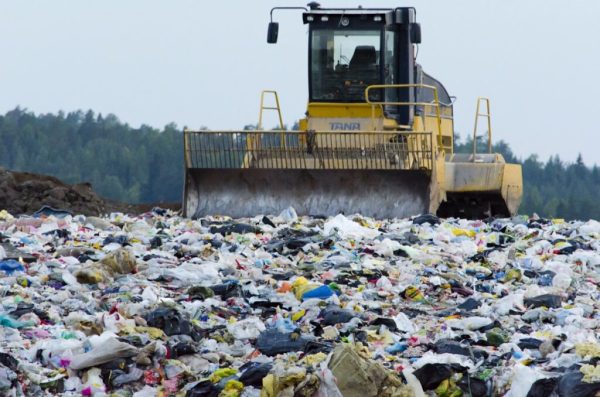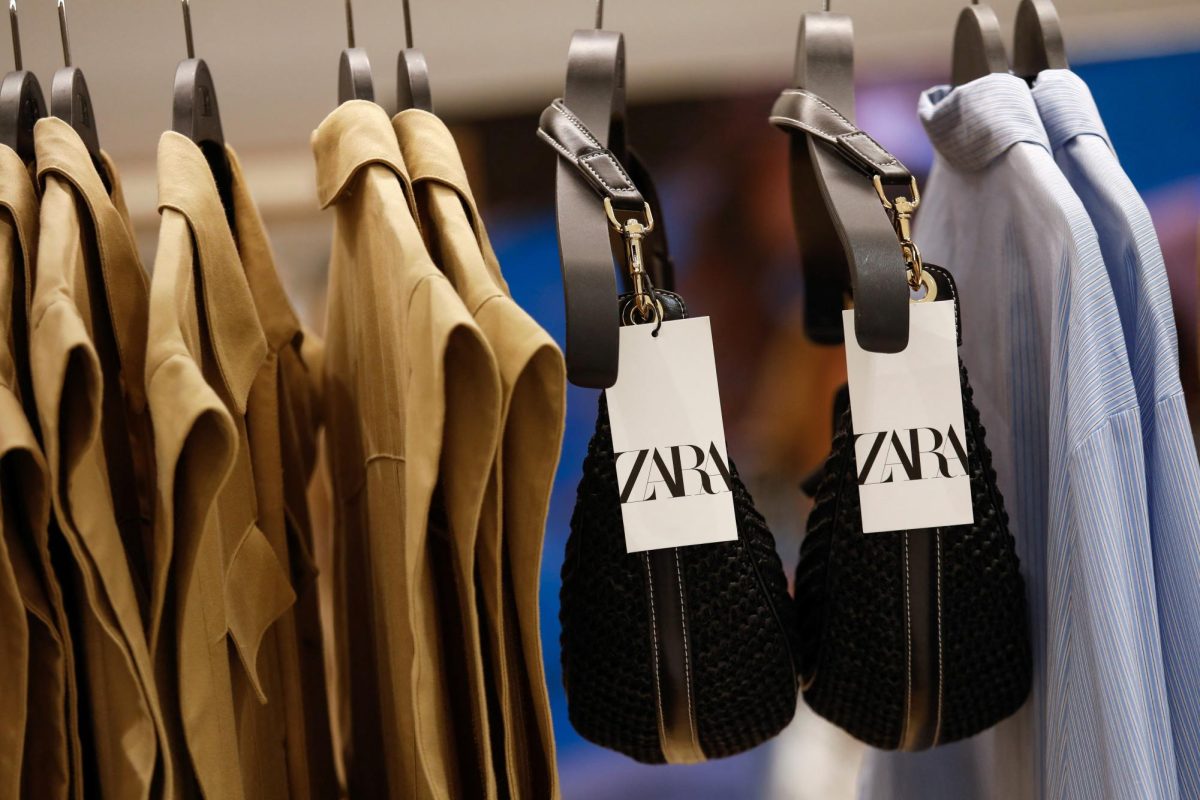Fast Fashion is the production of clothes based on profit over quality and has risen in popularity since the early 2000’s.
In the United States the most purchased items are clothes, especially for high schoolers. According to a survey done by The Advocate, 100% of people surveyed shop at least once a year. From a study done in 2023 the fashion industry is estimated to be worth $1.7 billion, and from 2000 to 2014 clothing production doubled, but where do all of these clothes end up and are they being produced sustainably?

More:
View public domain image source here (Photo by Creative Commons)
When surveyed, high schoolers reported shopping at Nike. Nike has faced criticisms in the past for its high carbon footprint and water consumption, but according to Nike.com, the company is working to reduce its carbon footprint by 63% by 2030 and aims to reach net zero by 2050. Nike also invests in community programs, such as Trust for Public Land which aims to create parks and green spaces for the public. However, according to a study conducted in 2023, Nike generated 4166 metric tons of waste. And it’s not just Nike, almost all top brands for high schoolers are “fast fashion,” but what is “fast fashion?”
The term “fast fashion” was first used to describe Zara’s clothing industry which allowed clothes to be designed, produced and sold in only 15 days. In the mid 1990s, online shopping skyrocketed leading to a rise in fast fashion. In a survey conducted in 2024 the average American spends 1,434$ on clothes per year and fast fashion companies keep producing clothes faster than consumers can spend. According to the Environmental Protection Agency, In 2018 17 million tons of textiles end up in the landfill each year. When fast fashion clothes are produced quickly, the garments often lack quality leading to a shorter lifetime and more waste.
When most people think of fast fashion, brands like Shein and Temu come to mind. These brands are known for their ultra cheap prices, unsafe production and risk of labor abuse. However just because clothes are cheap doesn’t mean they were produced sustainably by brands like Zara, Lululemon, Anthropologie, Free People or even brands like Chanel.
There are alternatives however such as thrifting. As a formalized movement, thrifting emerged in the late 19th and early 20th century with places such as Salvation Army and Goodwill pop up. Thrifting can be a great way to get expensive clothes for a discounted price and help the environment. There are pros and cons of thrifting, the clothes may be less expensive but not as up to date on the latest trends as buying clothes straight from the company and it’s harder to find specific clothes and it’s more time consuming than simply shopping in a store but its giving clothes a second chance instead of just throwing them away.
Thrifting prices are on the rise though, as more people become conscious shoppers and look for more sustainable ways to shop the demand for thrifting increases leading to higher prices. Thrifting also faces competition from websites that allow people to sell their clothes online such as Depop, Poshmark and Ebay. However out of all people surveyed only 6% actually thrifted online compared to the 64% that thrift in person. Overall thrifting is a great alternative to buying directly from the company and helps reduce the risk of overconsumption of clothes. The most shopped thrift stores in Lincoln are Plato’s Closet and Goodwill.
Are there ways to buy clothes sustainably, it all depends on how often you buy clothes, how long you use those clothes, for and what you do with them when you’re done wearing them. There is a lack of sustainable fashion brands that creates a gap in the market for affordable clothes for teenagers. Thrifting is a good way to reduce clothing waste and give clothes a 2nd chance and when buying clothes it’s important to be mindful about the environment and the human impact of what you’re buying.

Nora | Apr 7, 2025 at 9:22 am
Best article ever!! Very interesting!